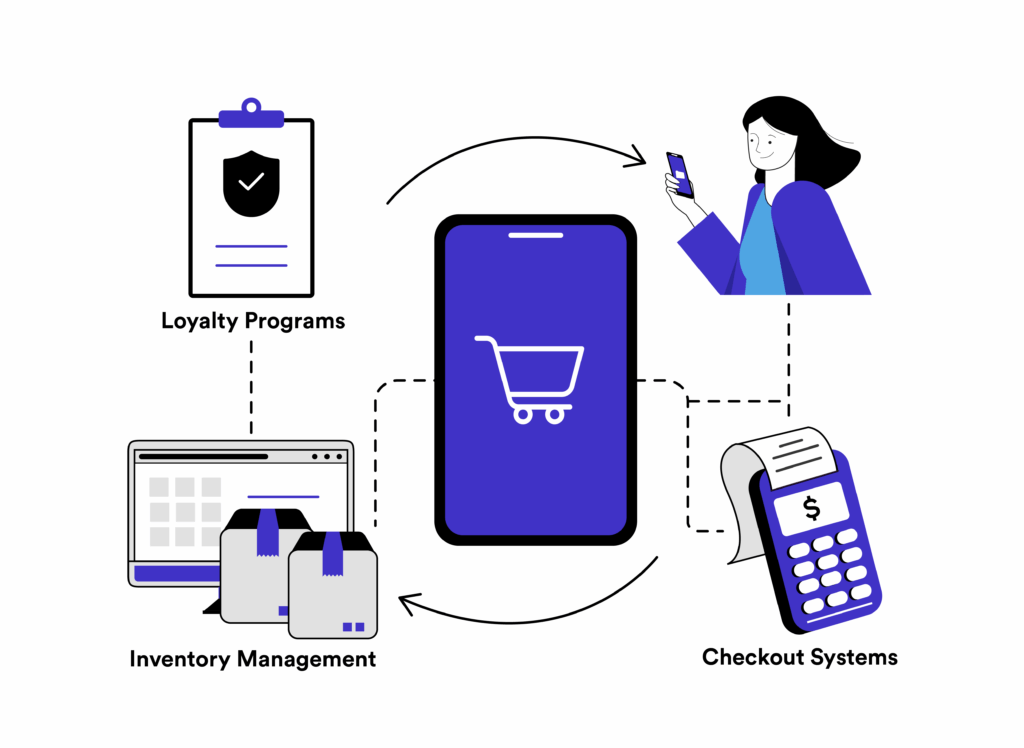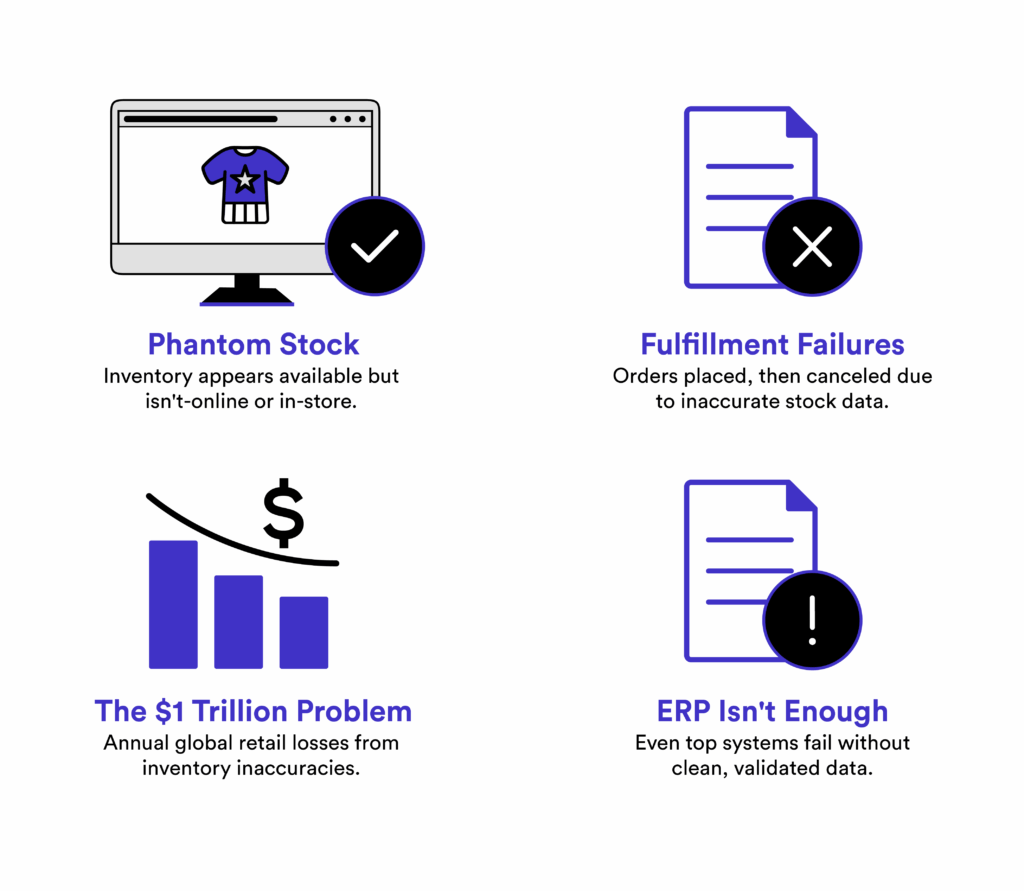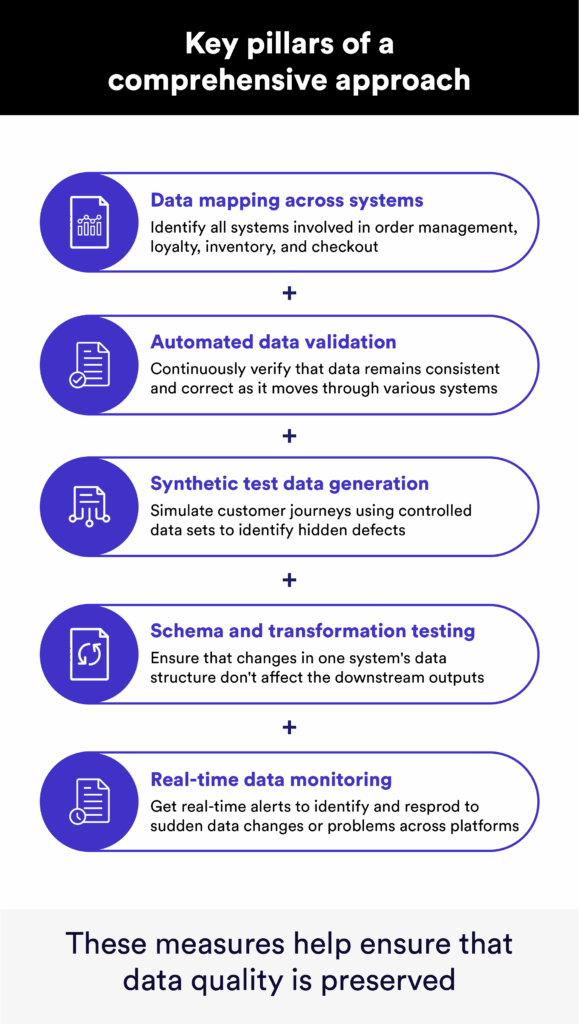Broken Data, Broken Retail Journeys: Why Your Customer Journey Needs Fixing
- Ramasubramani Krishnamurthi
- AVP - US RCG - Business & Delivery Transformation
-
Aug 14, 20256 min read
Retail is evolving faster than ever. In a world where consumers expect instant gratification, seamless experiences, and personalized service, traditional retail models are being pushed to their limits. The blend of phygital worlds driving unified commerce is becoming table-stakes to fend-off competitions and increase customer retention span.
To keep pace, forward-thinking retailers are turning to programmatic commerce, immersive technologies such as AR-enabled Virtual Try-Ons, VR shopping experience, MR for interactive displays, self-service technologies and AI-powered hyper-personalization.
The confluence of this retail paradigm is highly inter-connected, making every customer journey and underlying touchpoints more than just a product purchase process. It is highly data intense enabling near real-time decision-making throughout the purchase and post purchase lifecycle. Furthermore, it combines loyalty, inventory and checkout experience enabling a seamless customer journey.
But what if the data that powers these systems and technologies is disconnected, faulty, or out of sync? The answer is simple – poor data results in poor customer journeys. For retailers, this isn’t just a technical issue. It indicates lost revenue, a damaged brand, and a decline in customer trust.
Retail systems comprise vast networks of interconnected touchpoints. It ranges from online storefronts, in-store POS systems to loyalty apps and backend ERPs. These systems generate, process, and depend on data. Even a minor discrepancy in one area can quickly result in widespread disruptions.
|
#
|
Core Function
|
Dependency
|
Impact of Poor Data Quality
|
|
1
|
Loyalty Programs
|
Accurate traditional data and customer identifiers.
|
Invalid rewards or discounts.
|
|
2
|
Inventory Management
|
Real-time synchronization of stock across warehouses, stores, and digital platforms.
|
Overselling or stockouts due to mismatched SKUs.
|
|
3
|
Checkout Systems
|
Seamless integration between product catalogs, promotions, payment gateways, and tax systems.
|
Customer loss due to checkout errors.
|
|
4
|
E2E Ecosystem
|
Interconnectedness of all core systems.
|
Poor data quality in any of these areas breaks customer trust, retention and system reliability.
|

Loyalty programs are not just about points. They focus on data-driven personalization and customer retention.
Key areas where broken data undermines:
These issues may seem small, but they are very crucial for customers expecting precision and value. A single failed redemption can result in losing high-value customers.
Inventory visibility is one of the most underestimated victims of poor data quality. As retailers adopt more complex omnichannel strategies like shipping from store, click and collect, and endless aisle, even small inventory errors can have huge consequences.
The fallout of inventory data issues:
Without robust data validation mechanisms in place, even the best ERP systems can’t avoid these failures.

If data issues go unidentified in inventory systems, the consequences become most painful and visible during checkout.
Common breakdowns include:
Promotions not applied due to outdated rules or faulty data sync.
Items disappearing or being miscalculated due to system integration flaws.
Incorrect data passed to payment providers leading to duplicate or declined charges.
These issues aren’t just technical bugs, they’re business threats.
A common thread in these failures is data flowing through disconnected systems without being fully validated for its quality tied to overarching customer journey.
This is where all-inclusive end-to-end testing becomes vital.
To address this, retailers need a robust data assurance strategy covering every touchpoint and transition in the customer journey.

In the world of retail system validations, the real differentiator lies in the quality and accuracy of customer journey mapping coupled with underlying data assurance across touchpoints. End-to-end data validation ensures that the business logic works not just in theory, but in complex integrated environments.
Benefits of a data-centric QA strategy:
A smooth, reliable checkout builds customer trust and drop-off rates.
Loyalty programs run smoothly and consistently, treating every customer fairly.
Accurate inventory prevents refunds and cancellations.
Real-time monitoring prevents issues before they affect the process.
Clean data allows for more accurate prediction and decision-making.
Also read: How to Unlock the Power of End-to-End Testing in E-commerce
Achieving retail success depends heavily on the quality of a business’s underlying systems and how effectively they work together. This often involves implementing 360-degree, end-to-end assurance that examines every detail of information flow, system integration, and omnichannel delivery. Through thorough checks, real-time data reconciliation, and proactive monitoring, the integrity of core business operations can be ensured.
By committing to this level of quality assurance, retail brands can build customer trust, reduce risks, and provide the exceptional, high-quality shopping experiences needed to thrive in today’s competitive market. The goal is to prevent faulty systems from hindering retail performance and instead, foster truly seamless and excellent customer journeys.